Influences and Innovations in Dental Health
In addition to being an integral component of overall health, dental health is also influenced by factors such as socioeconomic position, lifestyle choices, and medical technology.
Through the use of data and the opinions of specialists, this article will shed light on these aspects. Oral health encompasses a variety of domains, and the objective is to educate both the general public and those working in the medical field.
Advances In Diagnostic Technology
Oral health management and monitoring have been completely transformed as a result of recent technological advancements.
CBCT
Through the use of cone beam computed tomography (CBCT), dentists are now able to view the mouth, teeth, and nerve connections in three dimensions. With this level of precision, diagnostic and treatment planning are both improved.
CBCT was found to lessen implant placement difficulties and boost accuracy by more than forty percent, according to research published in the Journal of Clinical Orthodontics.
Furthermore, optical coherence tomography is yet another technology that has the potential to transform the profession. This non-invasive imaging technique is capable of capturing images of the gums and teeth at the micron level. The fact that this approach can detect periodontal disease before symptoms arise makes it an essential component of the diagnostic process.
Economic Access and Dental Health Equity
Note that the economy has a significant impact on the services provided by dental professionals. The American Dental Association discovered that 59 percent of those with low incomes are unable to afford even the most fundamental dental treatment. It is possible that even the most fundamental dental treatment might be too expensive in certain regions if health insurance is not cheap.
Earnings also have an impact on a number of health outcomes. For example, the National Institute of Dental and Craniofacial Research discovered that children with low incomes had double the risk of untreated dental decay compared to those with high incomes.
It is imperative that legislation be enacted that encourages dental care and eliminates financial obstacles to treatment in order to minimize economic inequality.

Nutritional Impacts on Oral Health
The foods you eat have an impact on your oral health, and certain diets are more likely to result in cavities than others. Microorganisms that create acids, that are harmful to teeth are encouraged by diets that are high in carbohydrates and sugar.
A study that was conducted and published in the Journal of the American Dental Association discovered that those who consume a significant amount of sugar on a daily basis had a 31% higher chance of developing dental caries.
There is a high concentration of fiber, calcium, and phosphate in foods like cheese, almonds, and leafy greens. These nutrients can assist in the mineralization of teeth and protect them from the acidic waste produced by bacteria.
This raises the bar for optimism. Regular consumption of these nutrients is recommended by professionals in the medical field in order to avoid cavities and to keep teeth in good shape.
The Role of Public Health Initiatives
The public health initiatives are extremely important to the dental health of the community. Both children and adults exhibited a 25% lower incidence of tooth decay in regions where the water was fluoridated. This public health initiative is receiving assistance from the World Health Organization.
It is essential to educate the general people about proper oral hygiene and the importance of seeing the dentist. The number of cases of gingivitis among school-aged children has decreased by forty percent as a result of the implementation of programs that teach youngsters about the need of brushing and flossing their teeth.
Lifestyle Choices and Dental Health
Tooth health can be negatively impacted by lifestyle decisions such as smoking and drinking. According to the Centers for Disease Control and Prevention (CDC), smokers have a twofold increased risk of developing gum disease.
Cigarette smoking weakens the gums and jawbone by cutting off blood flow to the area. Reduced saliva production is a side effect of drinking too much alcohol. Saliva primarily acts as an acid buffer and a food particle remover. The growth of oral malignancies and other dangerous bacteria might be triggered by this dryness.
One further thing that people deal with on a daily basis that might affect their dental hygiene is stress.
Problems with the temporomandibular joint (TMJ) and tooth damage are more common in those with bruxism, a condition in which they grind or clench their teeth often. Stress management strategies, such as being attentive, exercising regularly, and getting enough sleep, are essential for maintaining healthy teeth and gums.
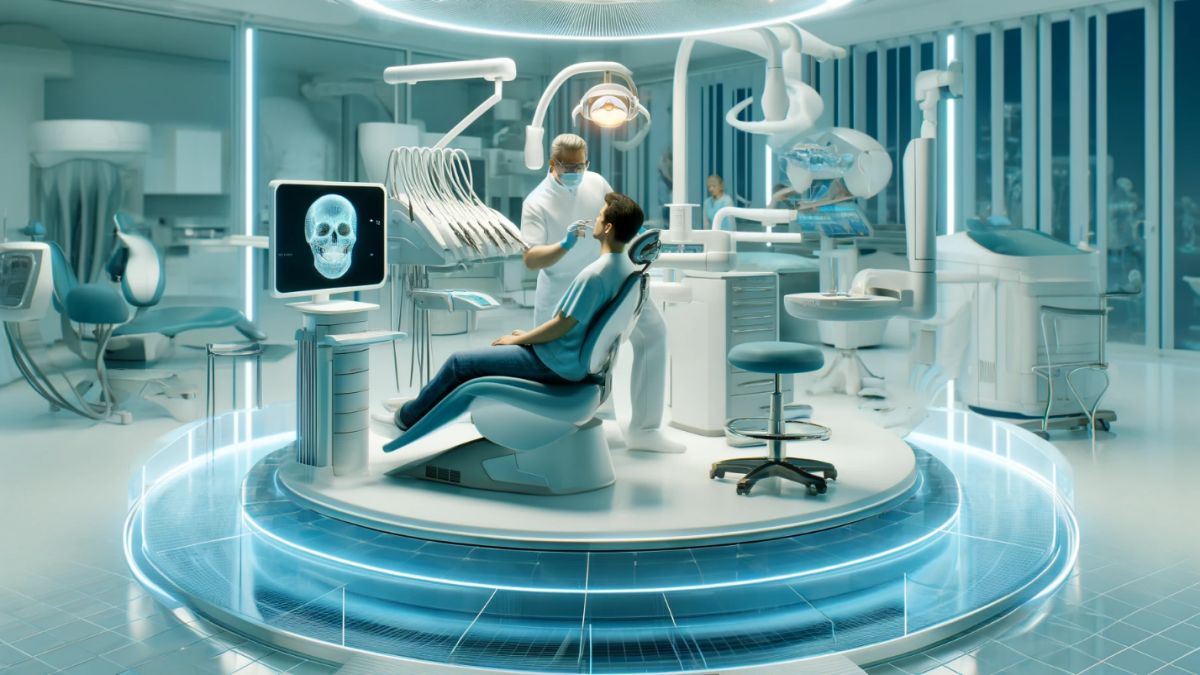
Ecological Features and Oral Health
Environmental aspects are just as essential as physiological ones when it comes to evaluating dental health. One mineral that might help keep cavities at bay is fluoride. Nonetheless, fluoride is quite unlikely to be present in water of poor quality.
Periodontal disease is more common in heavily polluted urban areas, according to recent studies. Air pollution alters the make-up of the oral microbiota, which increases the risk of periodontal disease, according to research published in the Journal of Periodontology.
Living in a clean region with plenty of green space may result in good dental health. The reduction of stress and toxins in these environments leads to an indirect improvement in dental health.
Advancements In Dental Materials and Techniques
The aesthetics and durability of dental treatment have also improved due to material advances. Because they look and feel like genuine teeth, composite resin fillings are becoming more popular for aesthetic and functional reasons. Recent dental adhesive advances have improved bonding, making crowns and fillings last longer.
In recent years, less-invasive dental procedures have become more popular. Dentists can use air abrasion to remove decaying material without drilling to retain more tooth structure.
These advances enhance long-term dental treatment effectiveness and short-term patient experience by reducing recovery time and discomfort.
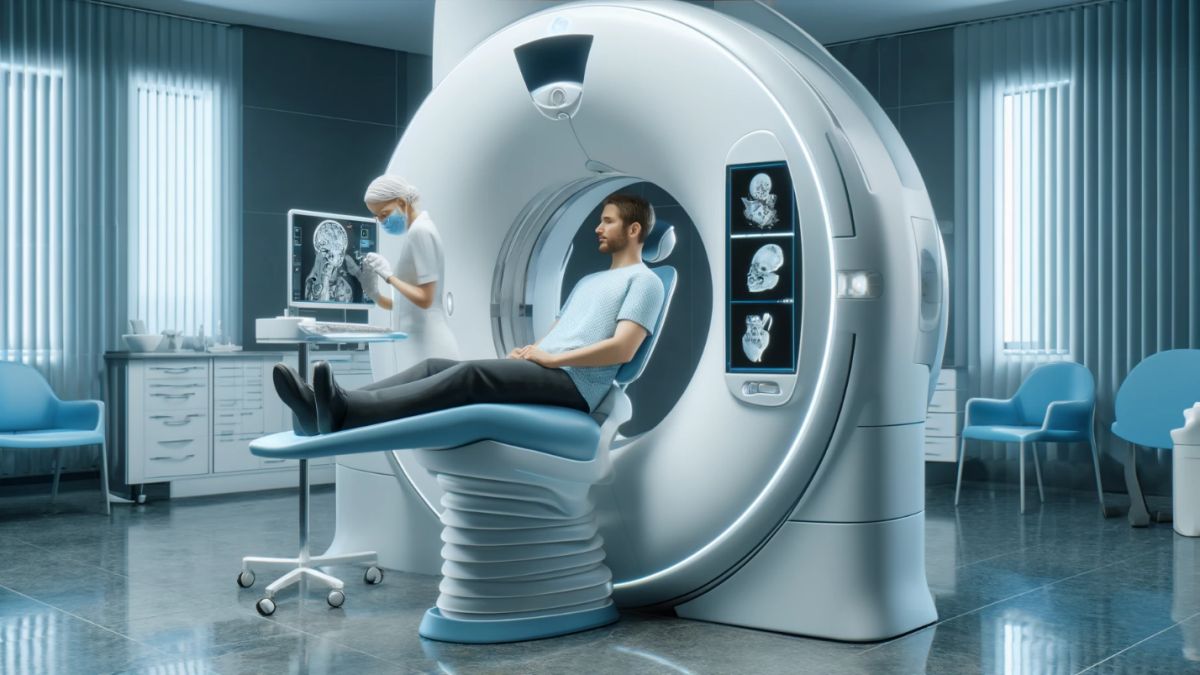
Conclusion
Changes in technology, the economy, dietary patterns, and public health initiatives complicate oral health. Understanding the components helps people take responsibility for their dental health. It informs medical staff about bigger patterns that affect patient care.
Both groups may utilize this knowledge to enhance oral health, highlighting the need to integrate medical, economic, and educational variables. Understanding these relationships is crucial to improving population health and reducing the broader consequences of dental health on overall health.
OTHER NEWS
-
- Should I continue brushing if my gums bleed?
- By Dr. James 21 Mar,2024
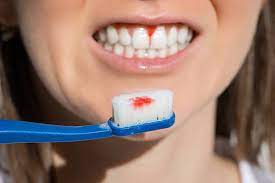
-
- Eating these foods can help bone fracture patients recover their health
- By Jason 05 Mar,2024

-
- How to relieve migraine after tooth extraction and its causes
- By Jason 14 Mar,2024

-
- The cause of abdominal bowel sounds
- By Jason 05 Mar,2024

-
- SUMMER DRESSES FOR DIFFERENT BODY TYPES
- By Fatima Amir 08 May,2024
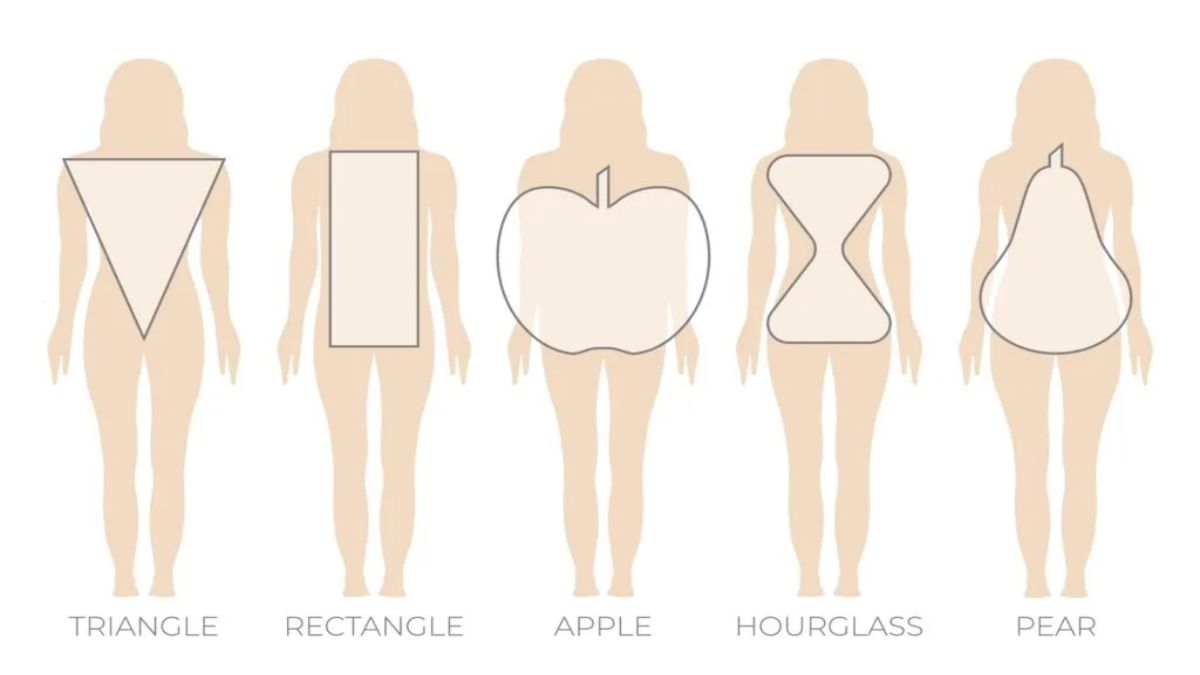
-
- 5 Non-surgical Beauty Treatments for Better Skin
- By Fatima Amir 07 May,2024

-
- 6 Yoga Postures for Staying Fit in your 60s
- By Fatima Amir 17 May,2024

-
- How to Alleviate Lower Back Pain Through Diet
- By Jason 05 Mar,2024

-
- Life Insurance for Different Life Stages_ What to Consider.docx
- By Prodosh Kundu 14 Aug,2024

-
- Possible causes of facial swelling
- By Jason 06 Mar,2024

-
- Questions to Ask your Doctor after Menopause and Health Chechups
- By Fatima Amir 23 May,2024

-
- Things You Need to Know About Gum Bleeding
- By Dr. James 21 Mar,2024
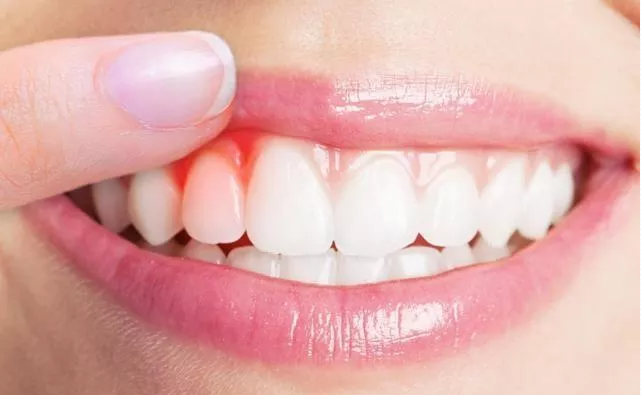
 1
1 1
1